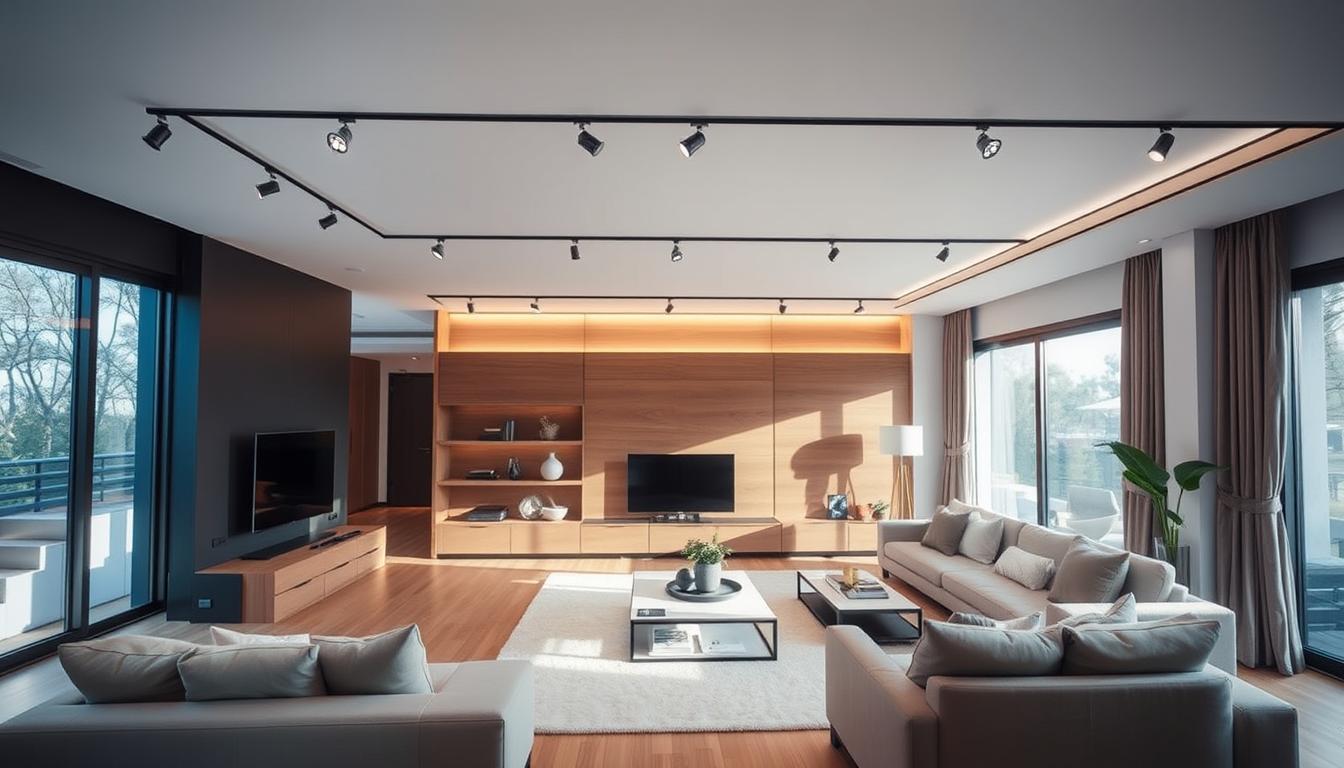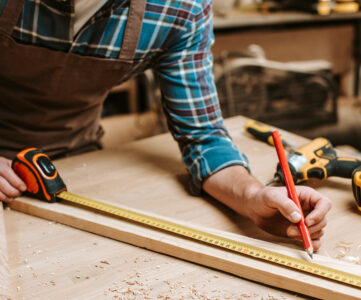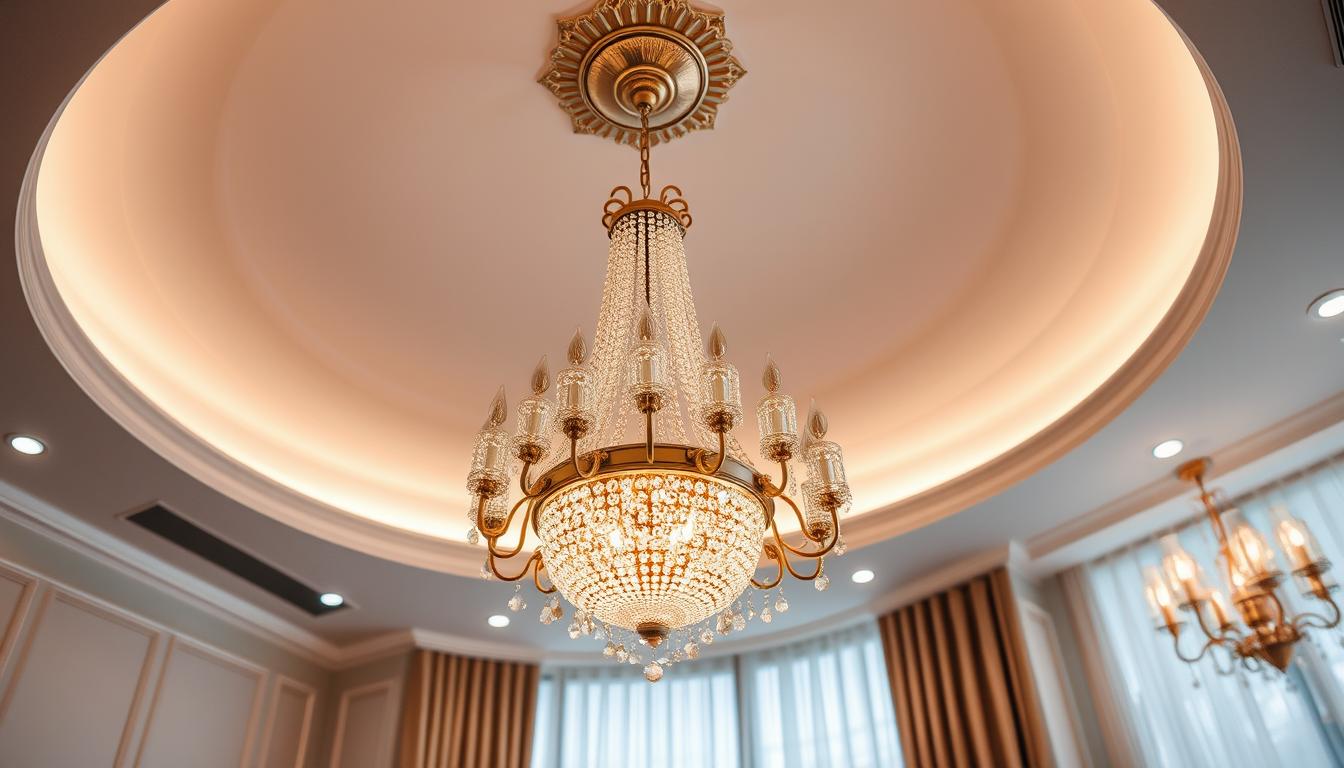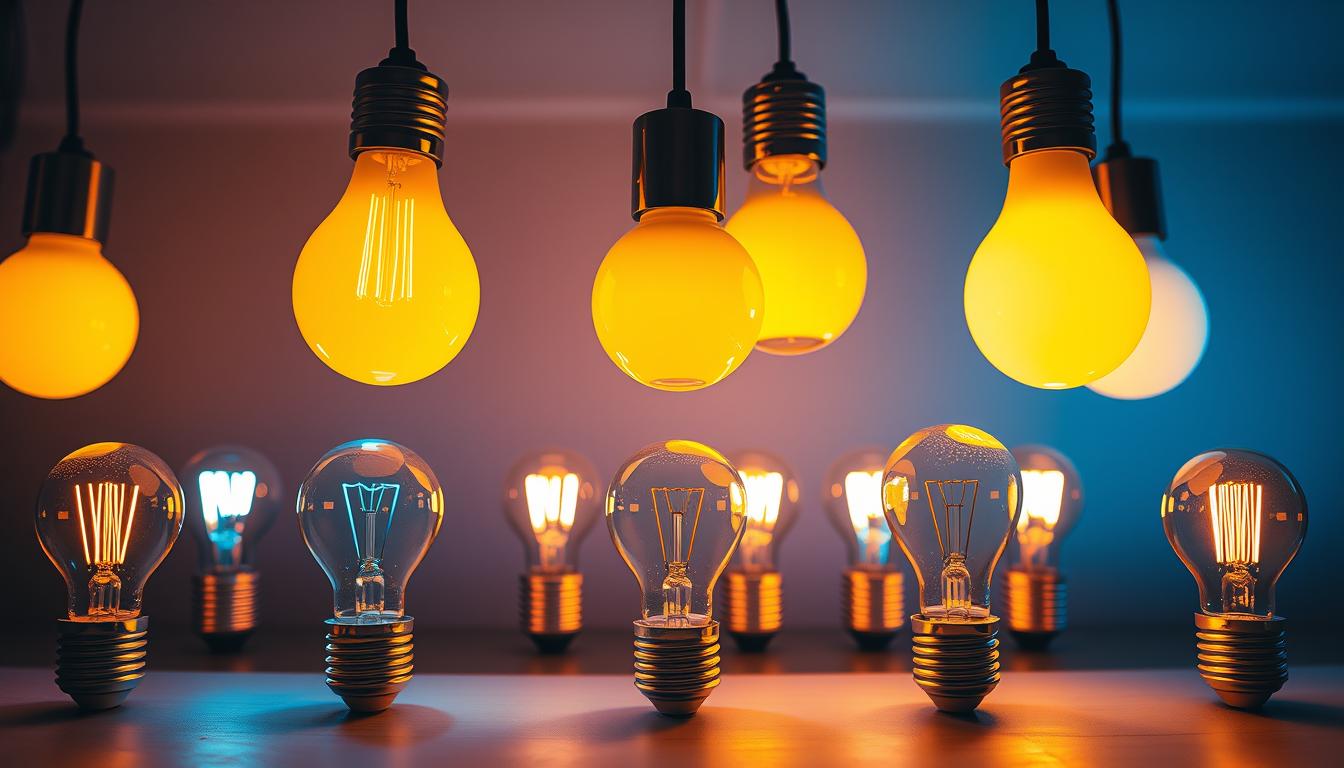Track Lighting has become a key part of modern homes. It combines style with function, offering many benefits. These include highlighting design elements and creating a cozy atmosphere.
With track lighting’s growing popularity, it’s important to know your options. This includes different track systems and what power they need.
In this article, we’ll dive into modern track lighting. We’ll look at its role in home decor and cover key topics. These include how to install it, style ideas, and the tools you’ll need. Track lighting can make your living room or kitchen look sleek and modern.
We’ll talk about the parts of a modern track lighting system. This includes the various track systems and what power they require. We’ll also see how track lighting adds a unique touch to any space.
Key Takeaways
- Modern track lighting offers a unique blend of style and functionality
- Track lighting can be used to highlight specific design elements
- Different types of track systems are available, including flexible and rigid options
- Power supply requirements vary depending on the type of track system
- Track lighting can be used to create a warm and inviting ambiance in any room
- Modern track lighting is a great addition to any home, offering a sleek and modern look
Understanding Modern Track Lighting Systems
Modern track lighting systems are versatile and efficient. They use track systems as a flexible framework for directing light. This makes it easy to illuminate any space.
Track systems support directional lighting. This means you can focus light on specific areas or objects. It’s great for kitchens or home offices where task lighting is needed.
With the right track system, you can achieve different lighting effects. You can go from soft ambient lighting to bold accent lighting.
Components and Parts Overview
A typical track system has several parts. These include the track, lighting fixtures, and power supplies. The track is usually made of metal or plastic and holds the lighting fixtures.
Lighting fixtures can be adjusted to different positions and angles. Power supplies provide the voltage and current needed to power the fixtures.
Different Types of Track Systems
There are many types of track systems. You can choose between flexible and rigid tracks. Flexible tracks are more versatile and can be bent to fit unique spaces.
Rigid tracks offer a more traditional look. They provide a structured approach to track lighting. Choosing the right type helps create a lighting design that suits your needs.
Benefits of Track Lighting in Contemporary Spaces
Track lighting is a key feature in modern homes. It’s flexible, energy-saving, and versatile in design. This makes it perfect for both homeowners and designers. With many fixture types like surface and recessed, it can create different lighting effects.
Track lighting is great because it can work with other lights for a full lighting plan. You can choose from ceiling or wall mounts for a custom look. Some top fixture types include:
- Pendant lights
- Spotlights
- LED strips
Track lighting can be installed in many ways, like on the ceiling or walls. This flexibility opens up a world of design possibilities. It’s why track lighting is so popular in modern homes.
Track lighting is also energy-efficient, saving you money. It directs light where needed, cutting down on energy use and waste.
In summary, track lighting is a great choice for modern homes. It’s flexible, energy-saving, and comes in many styles. Whether you want a modern or cozy look, track lighting can help achieve it.
| Fixture Type | Mounting Option | Lighting Effect |
|---|---|---|
| Pendant lights | Ceiling-mounted | Ambient lighting |
| Spotlights | Wall-mounted | Accent lighting |
| LED strips | Recessed | Task lighting |
Essential Tools and Materials for Installation
To get a track lighting installation right, you need the right tools and materials. A good track design can greatly improve the lighting. It adds accent lighting that shines on certain areas or features.
Before you start, make sure you have everything you need. You’ll need a drill, screwdriver, pliers, and a level. Don’t forget a ladder or step stool to safely reach the ceiling.
Required Tools Checklist
- Drill and bits
- Screwdriver (flathead and Phillips)
- Pliers and wire cutters
- Level and tape measure
- Ladder or step stool
Safety Equipment Needs
When working with electricity, safety is key. Wear gloves and safety glasses to protect yourself. Make sure the area is well-ventilated and free from flammable materials.
Optional Accessories
Think about adding extras like dimmers or timers to your track lighting. They can help you create special lighting scenes or save energy.
| Accessory | Description |
|---|---|
| Dimmer | Adjusts light intensity |
| Timer | Automates lighting schedules |
Step-by-Step Track Lighting Installation Guide
To install a track lighting system, it’s key to understand the process. Flexible lighting options are possible with the right track systems. Here’s a step-by-step guide to help you start:
First, plan your track lighting system’s layout. Think about the room size, the lighting type you want, and the power source location.
Next, install the tracks as the manufacturer’s instructions say. Always follow safety guidelines and use the right tools. Here are some important steps to remember:
- Turn off the power to the circuit
- Remove any existing lighting fixtures
- Install the track system, ensuring it is securely fastened to the ceiling or wall
- Connect the fixtures to the track system, using flexible lighting options to achieve the desired effect
By following these steps and using the right track systems, you can create a unique and functional lighting system. Always follow safety guidelines and seek professional help if unsure about any part of the process.
| Track Lighting Component | Description |
|---|---|
| Tracks | The main component of the track lighting system, available in various lengths and styles |
| Fixtures | The lighting units that attach to the tracks, offering flexible lighting options |
| Power Source | The electrical connection that powers the track lighting system |
Choosing the Right Track Lighting Fixtures
Choosing the right track lighting fixtures is key to achieving the perfect ambiance and function. There are many types of fixtures, each with its own benefits. Directional lighting can highlight certain areas or objects, adding depth and interest.
Popular options include pendant lights, spotlights, and modern LED lights. Each has its own advantages and disadvantages. For instance, pendant lights can add elegance, while spotlights focus on specific tasks.
Pendant Options
- Offer a wide range of styles and designs
- Can be used to add a decorative element to a room
- Provide soft, ambient lighting
Spotlight Varieties
- Provide focused lighting for specific tasks or areas
- Can be adjusted to different angles and directions
- Are ideal for highlighting specific objects or features
Modern LED Solutions
- Energy-efficient and environmentally friendly
- Offer a long lifespan and low maintenance
- Can be used to create a variety of lighting effects
By exploring different fixture types and directional lighting, you can design a unique and functional track lighting system. It will meet your needs and enhance your space’s ambiance.
Creative Track Lighting Design Ideas
Track lighting offers endless possibilities. You can pick from various mounting options to create a lighting system that fits your space perfectly. The track design is key, as it greatly affects the room’s look.
To plan your lighting well, follow these tips:
- Choose a track design that matches your space’s style
- Pick fixtures for the lighting you want, like ambient or accent lighting
- Think about where to mount the tracks, like on the ceiling or walls
A good track lighting system can really enhance any room. By choosing the right track design and mounting options, you can make a lighting system that’s both unique and useful.
Optimal Placement and Layout Strategies
Track lighting needs the right placement and layout to work well. Use accent lighting to highlight certain areas, like art or architectural details. Flexible lighting can change the mood from soft to bold.
Start by thinking about what each room needs. Kitchens might need bright lights over counters and sinks. Living rooms might want softer, ambient lighting. Planning your lighting layout makes your space both useful and beautiful.
Room-Specific Considerations
- Kitchens: focus on task lighting for countertops and sinks
- Living rooms: use ambient lighting to create a cozy atmosphere
- Bedrooms: consider using dimmable lighting for a relaxing ambiance
Lighting Zones Planning
Break your space into zones for a layered lighting effect. Mix ambient, task, and accent lighting for interest and function. Flexible lighting lets you adjust levels and direction as needed.
| Lighting Zone | Lighting Type | Purpose |
|---|---|---|
| Ambient | Overall lighting | To create a general atmosphere |
| Task | Focused lighting | To perform specific tasks |
| Accent | Directional lighting | To draw attention to specific features |
Maintaining Your Track Lighting System
Keeping your track lighting system in top shape is key. This means cleaning the fixtures, swapping out bulbs, and fixing common problems. A well-kept system ensures your directional lighting works best, spotlighting key areas in your space.
To maintain your track systems, start with regular cleaning. Use a soft cloth to remove dust and dirt. Stay away from harsh chemicals that could harm the finish. For deeper cleaning, a gentle solution made for lighting fixtures is a good choice.
Cleaning Tips
- Use a soft, dry cloth to wipe away dust and dirt
- Avoid using harsh chemicals or abrasive materials
- Use a gentle cleaning solution designed for lighting fixtures
Don’t forget to replace bulbs when they’re out. Pick bulbs that fit your track systems and follow the maker’s guide for swapping them out.
Bulb Replacement Guide
Always turn off the power and let bulbs cool before changing them. This step is crucial for safety.
By sticking to these maintenance steps and choosing top-notch track systems and directional lighting fixtures, your space will stay bright and functional for a long time.
| Maintenance Task | Frequency |
|---|---|
| Cleaning fixtures | Every 2-3 months |
| Replacing bulbs | As needed |
| Inspecting track systems | Every 6-12 months |
Energy Efficiency and Cost Considerations
When choosing track lighting, think about energy efficiency and cost. Different fixture types affect how much energy the system uses. For example, LED fixtures are very energy-efficient and can lower your energy bills over time.
The mounting options also matter for energy efficiency. Some options, like adjustable arms, help focus light where it’s needed. This can cut down on the need for extra lights and save energy.
- Using energy-efficient fixtures and bulbs
- Installing smart lighting controls to regulate energy usage
- Optimizing the placement and layout of fixtures to minimize waste
By considering these points and making smart choices, you can set up a track lighting system that’s both energy-efficient and budget-friendly. It will meet your needs and fit your budget.
Conclusion: Illuminating Your Space with Style
Modern track design is a game-changer for any home. It brings both style and function together. With accent lighting, you can make any room look amazing.
This guide has shown you how to light up your home like a pro. You’ll learn how to pick the right fixtures and install them easily. Track lighting lets you mix mood, task lighting, and highlights perfectly. Plus, it saves energy and money.
Ready to light up your space in style? Dive into the world of modern track lighting. It’s the key to a beautifully lit home.






